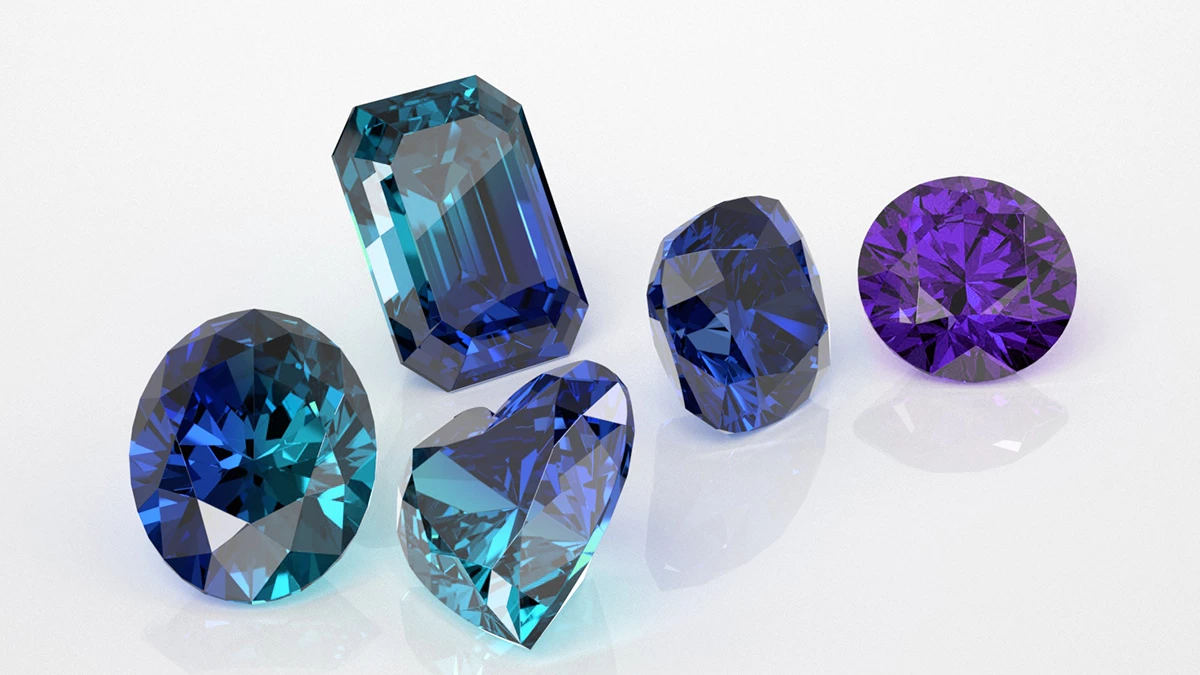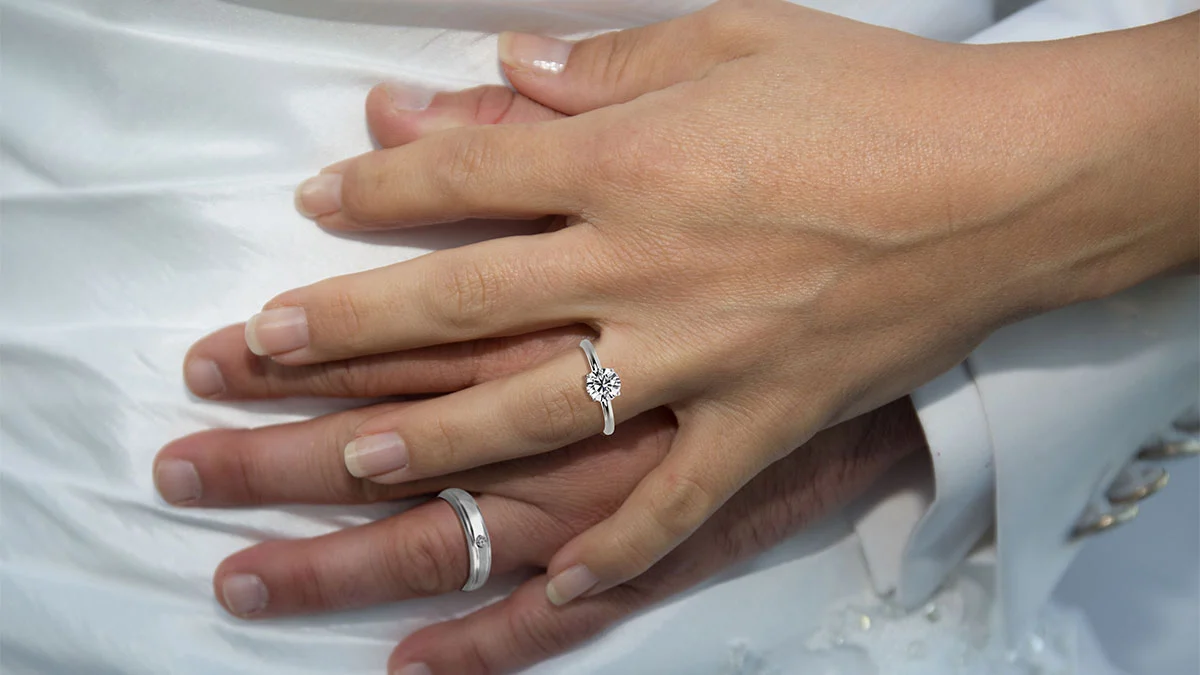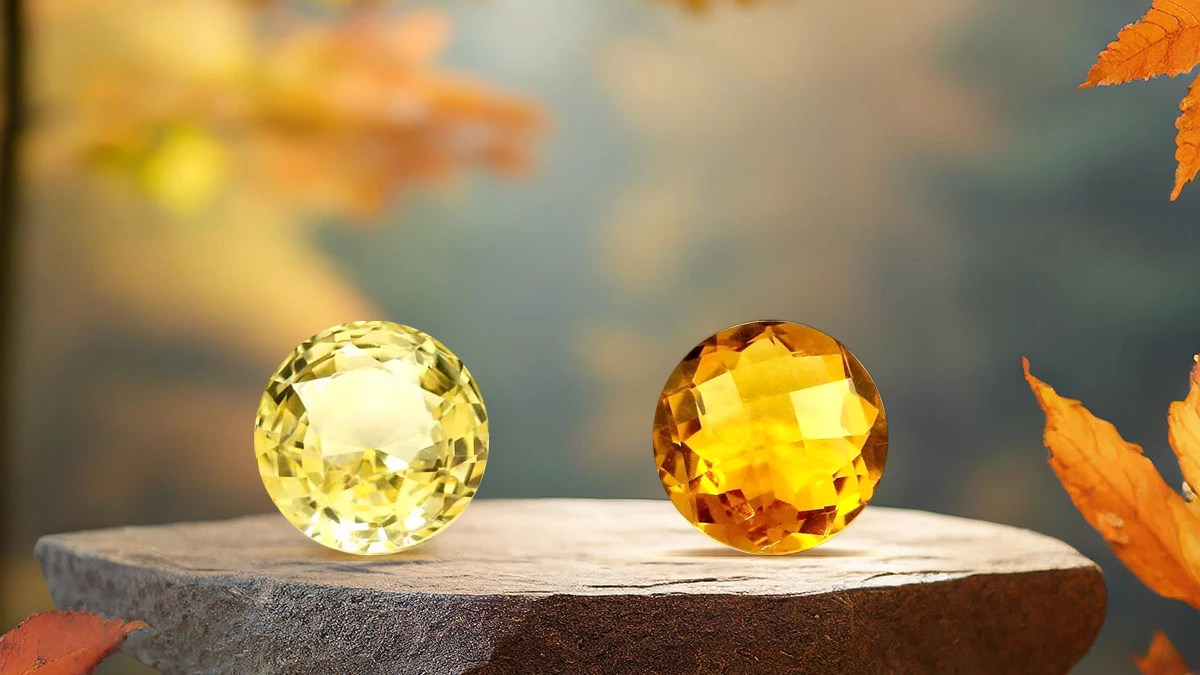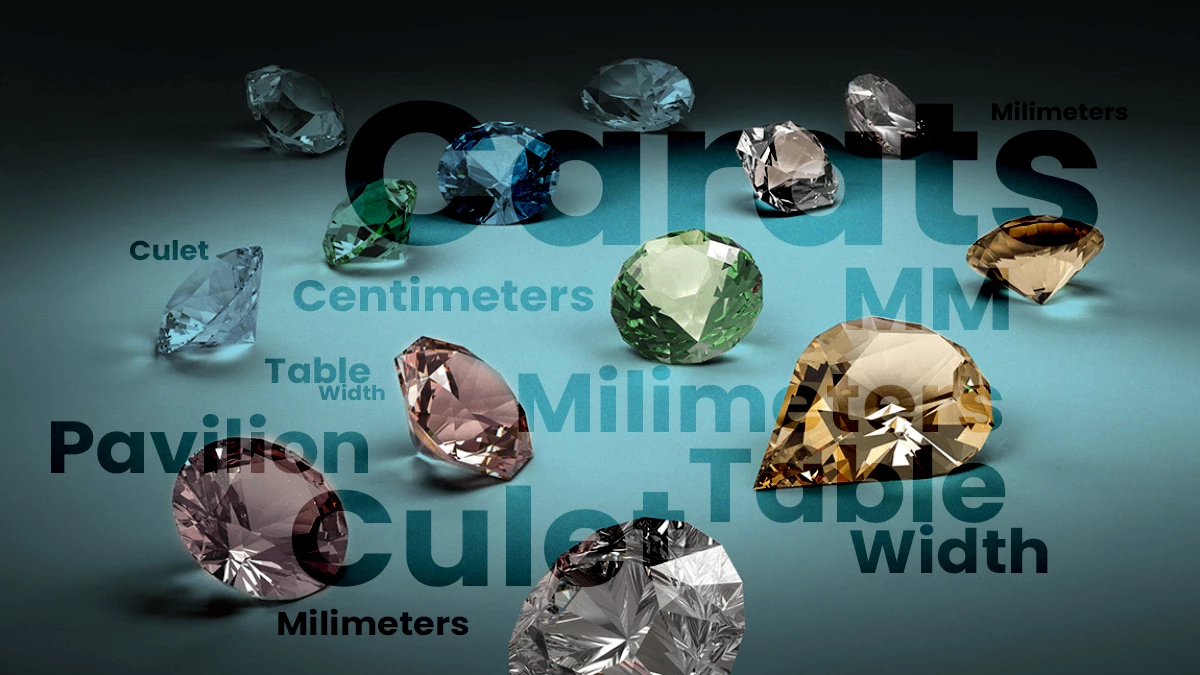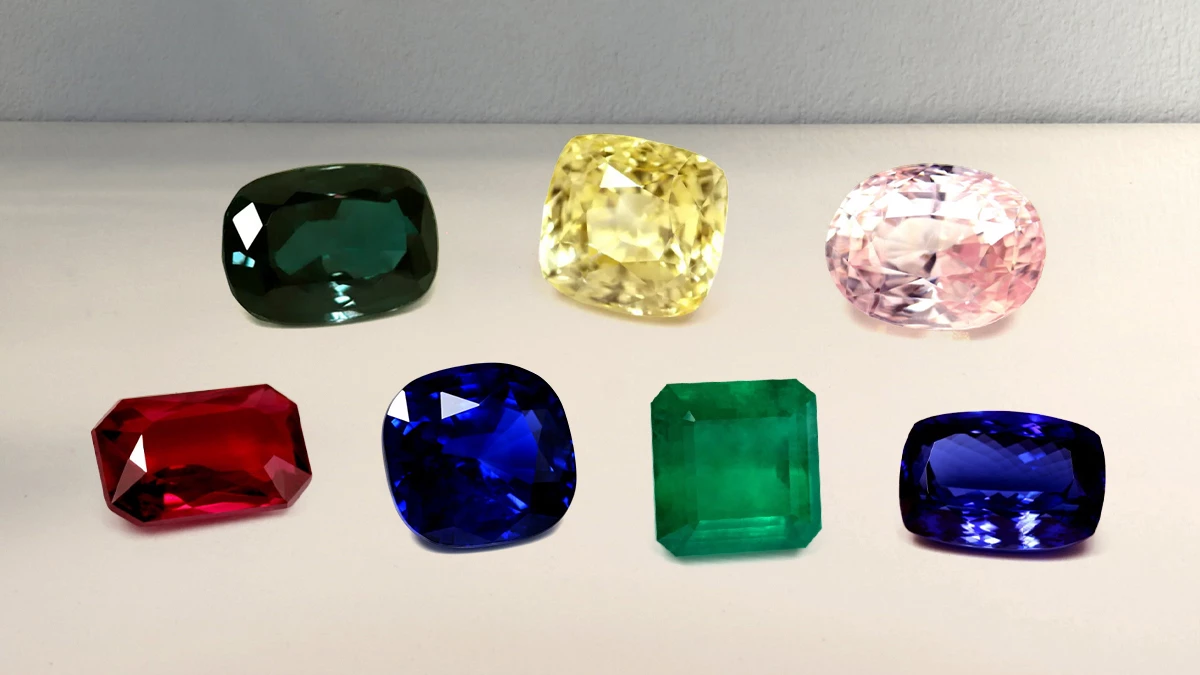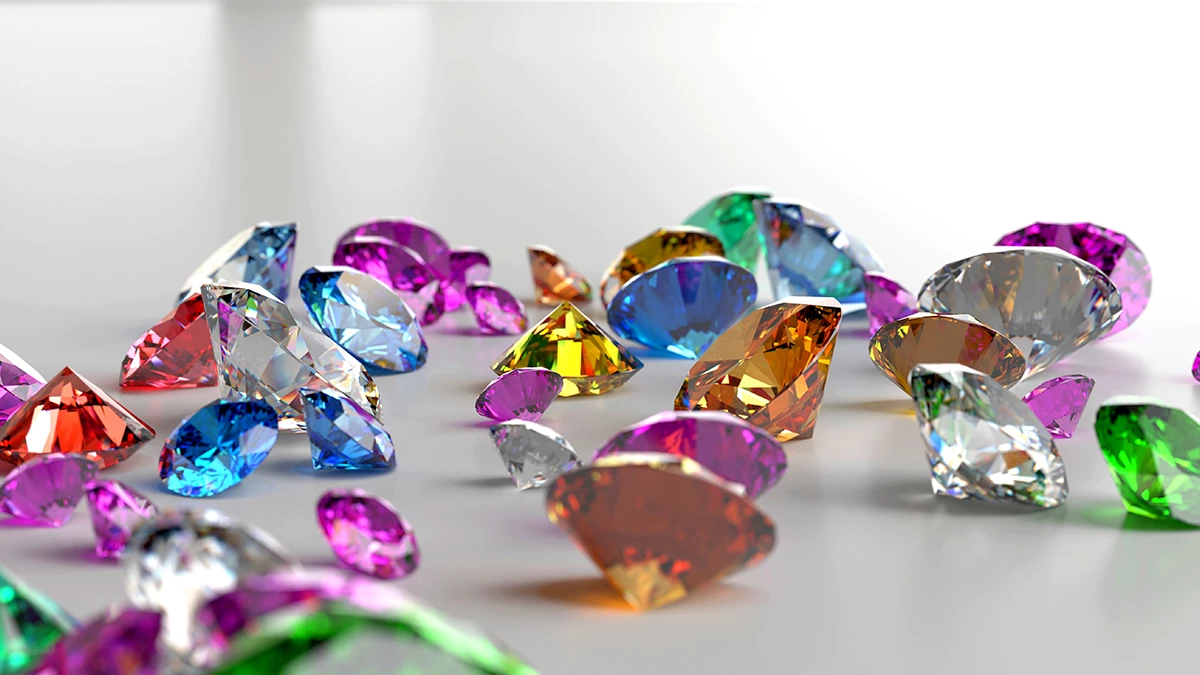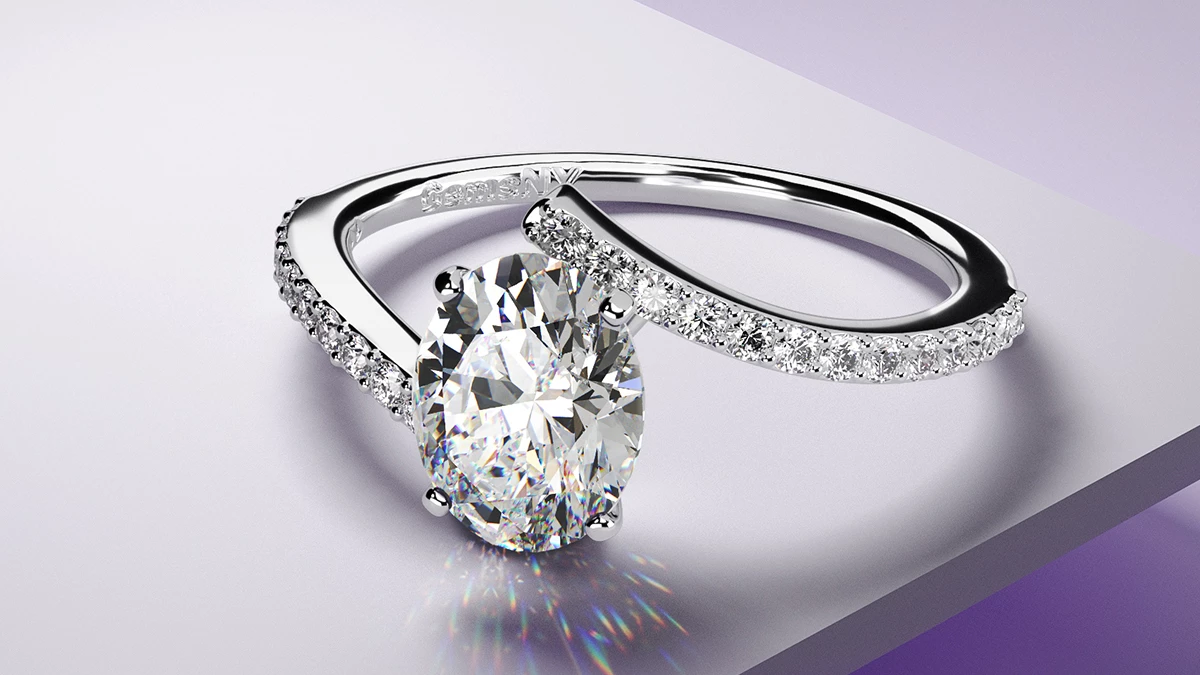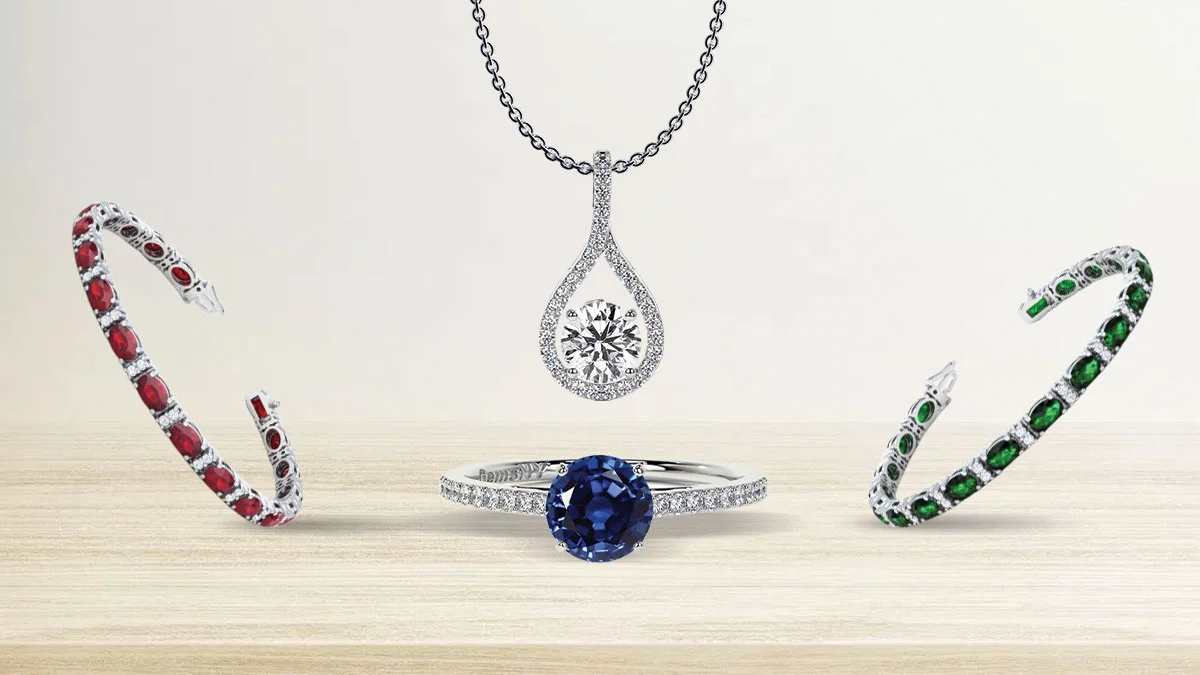When it comes to choosing a sapphire, most people have only two check-boxes on their list: a deep blue color and authenticity. And rightly so, because over the years the word sapphire has become somewhat synonymous with the color blue though the gemstone itself comes in a variety of hues. If you are also not untouched by this general impression when somebody says sapphire, bi-color and color change sapphires are going to give a pleasant twist to your perspective.
What Are Bi-color & Color Change Sapphires?
Sapphire occurs in many colors, such as blue, pink, yellow, orange, violet, purple, green and golden amber, to name a few. All the other sapphire color varieties except blue are known as fancy sapphires. Color change sapphires and Bi-color sapphires are two rare varieties of fancy sapphires.
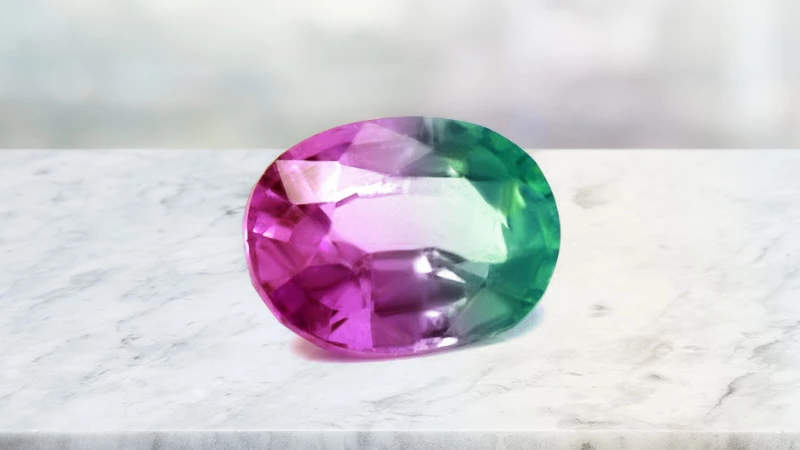
Bi-color Sapphires
Bi-color sapphires are parti sapphires featuring two different colors that are visible to the naked eye regardless of the lighting conditions. A bi-color sapphire gets its combination of colors because of color zoning, a phenomenon in which a gem develops different colors during its formation because of uneven incorporation of trace elements in its crystalline structure or environmental changes.
The presence of iron, titanium, chromium and vanadium in trace proportions can influence specific shades of color in these sapphires. The unique phenomenon of color zoning makes bi-color sapphires tough to replicate, meaning these gems can’t be created in laboratories. So, it’s better to shop and buy a bi-color sapphire from only a reputed jeweler.
Are Bi-color Sapphires Rare?
Yes, bi-color sapphires are rare. Yellow and green hues make the most popular bi-color combination. Bi-color sapphires with blue, purple, violet or lavender color zoning bands are very rare, thus they hold more value than gems featuring yellow and green hues. In addition, parti sapphires with tri-color combinations are rare birds.
How Important Is Saturation In Bi-color Sapphires?
Saturation is the key to quality in bi-color sapphires. Gems with a vivid, intense saturation command an exorbitant price. Apart from saturation, what’s equally important in bi-color sapphires is their tone. Tone refers to the relative lightness or darkness of a gemstone. When picking a bi-color sapphire, look for a gem with a medium tone because it’ll best display the different color zones of the gem.
A bi-color sapphire with a dark tone will make the partition of the color bands imperceptible, downplaying the gem’s uniqueness. Similarly, a bi-color sapphire with a light tone will cut down the appeal of its colors.
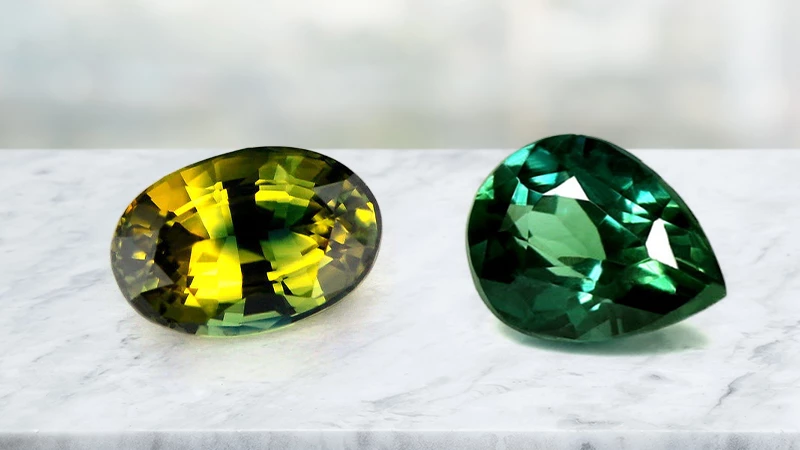
Are Teal Sapphires Bi-color Sapphires?
Bi-color sapphires should not be confused with teal sapphires, both are two distinct color varieties of sapphires. Teal sapphires feature a combination of deep ocean blue and vivacious green colors that blend together. On the other hand, the colors of a bi-color sapphire don’t merge but stay separated, forming a sort of partition. The distinct color zoning bands of a bi-color sapphires distinguishes them from teal sapphires.
Do Bi-color Sapphires Make Good Jewelry Stones?
Absolutely yes. Sapphires are incredible jewelry stones because of their impressive hardness & durability. These gems score 9 on the 10-point Mohs scale of hardness. They are suitable for all types of jewelry, including engagement rings. The growing interest of modern brides in rare gemstones for their engagement ring has bi-color sapphires gaining ground.
Bi-color sapphire engagement rings are some of the hottest trends in the fashion jewelry world. Parti sapphires are receiving a lot of attention from not only women but also men eyeing eye-catching gems for their studs and bracelets.
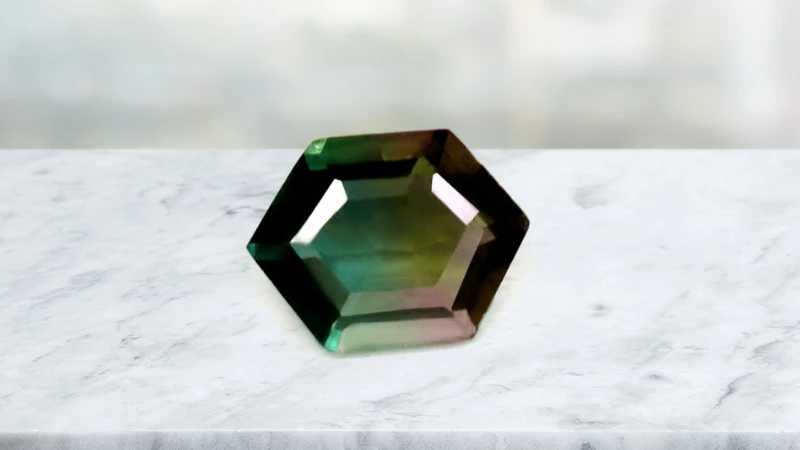
Which Is The Best Cut For A Bi-color Sapphire?
People choose as unique and stylish of a cut as possible to bring out the color combination of their bi-color sapphire. The positioning of color zones or the color partition in a bi-color sapphire plays an important role in its aesthetic. When viewed from top, a bi-colored gem with its partition located at the centre like a bisector will certainly look more pleasing than a gem in which the partition is positioned elsewhere. Keeping this parameter in mind, cutters shape such a gemstone.
What Are The Sources Of Parti Sapphires?
Parti sapphires are mined around the world, with the US state of Montana, Australia and Kenya as the primary sources. Montana sapphires are known for their combination of striking colors. These gems are celebrated for their brilliant hues and mostly feature rare colors, such as blue, purple and lavender.
Bi-color sapphires from Australia are greatly desired for their electric yellow shades. Australia stands as the most abundant source of parti sapphires currently. Parti sapphires from Kenya are more green than yellow. These gems are the most valued ones on the market right now.

Color Change Sapphires
Also known as corundum’s chameleons, color change sapphires are coveted color varieties of sapphire. These fascinating sapphires change their color depending on the lighting conditions. Don’t confuse color change sapphires with bi-color sapphires.
The color of a color change sapphire changes in different lighting conditions. On the contrary, the combination of different colors in a bi-color sapphire remains visible to the naked eye all the time irrespective of the lighting conditions. Both color change and bi-color sapphires are phenomenal gems that are getting a lot of attention nowadays.
What Is The Range Of Color Change?
The color of a color change sapphire generally ranges from blue to violet under daylight or fluorescent light and violetish purple to strongly reddish purple under incandescent light. A typical color change sapphire will go from cool blue in daylight to warm reddish-purple in an incandescent light.
Color change sapphires are rare gemstones, so they sell at premium prices. Stones that display a green color in daylight and reddish brown in incandescent light are sold at even higher prices.
Gem experts describe the color shift in color change sapphires as weak, moderate or strong. The more intense the change of color, the higher the price.
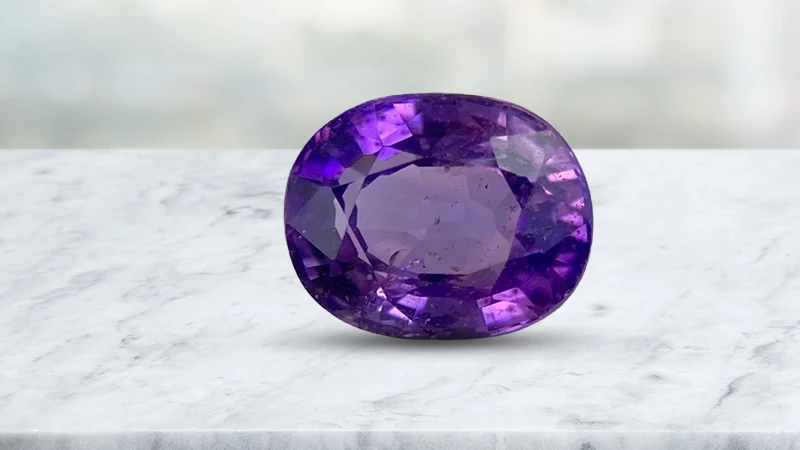
How Do Color Change Sapphires Change Their Color?
Color change sapphires change their color because of vanadium impurities that permeate these gems during their formation.
What Are The Sources Of Color Change Sapphires?
The major sources of color change sapphires are Sri Lanka, Tanzania and Madagascar. Stones from these sources display varied color change intensities. Color change sapphires have also been found in Mercaderes, Colombia.
Are Color Change Sapphires Valuable?
Yes, color change sapphires are valuable. Their value primarily depends on the strength of the color change they exhibit. For instance, color change sapphires that display a dramatic change of color come with a hefty price tag. Stones that exhibit a subtle color change are less valued.
What’s The Difference Between Pleochroism & Color Change?
Pleochroism is a different phenomenon than color change. Pleochroic gemstones exhibit color change depending on the viewing angles. However, in case of color change gemstones this change is the result of variation in light.
Why Choose Color Change Sapphires?
Owning a color change sapphire almost feels like that you’re getting two gemstones for one. Of course the number one reason why one should get a color change sapphire is its color changing property. Apart from that, color change sapphires are the perfect options for a statement jewelry piece. Though like bi-color sapphires, color-change sapphires can also be fashioned in all types of jewelry, one should pick a color change sapphire for a statement piece that one intends to wear all day every day.
One can never get the most out of a color change sapphire jewelry piece without wearing it all day. In that sense, if you’re thinking of getting an everyday wear statement piece, a color change sapphire pendant or ring is your best option.
Final Words
The corundum mineral family never fails to impress us with its unique gemstones that have something more than meets the eye. Both bi-color and color change sapphires are magical gemstones that have remarkable properties. While bi-color sapphires can seize your attention with their combination of two different colors, color change sapphires can get your admiration because of their ability to change color based on lighting conditions.
If less is not more to you and you’re looking for gemstone jewelry that commands everyone’s attention like nothing else does, these stunners are what you need. For a sophisticated look, choose color change sapphire jewelry from us.
We procure all our gemstones from notable sources around the world, so you can get the best quality rare gems at your doorstep and also the assurance of authenticity. Explore our rich collection of color change sapphire jewelry to choose a jewel that perfectly showcases the beauty of color change sapphires.
